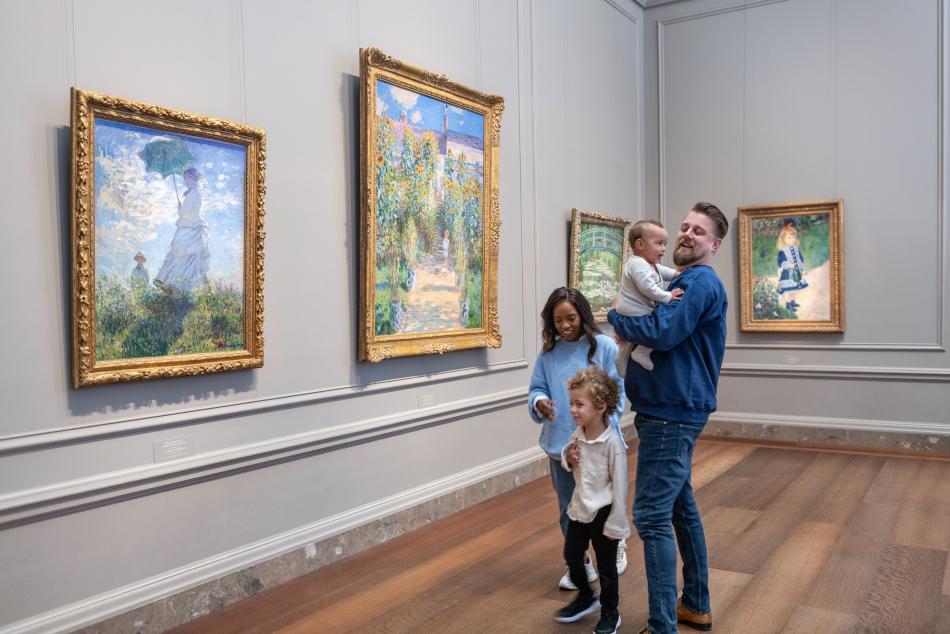Charles David
Explore Selected Works
Artwork

Bibliography
1869
Boudin, Auguste. "Nécrologie de Charles David." Le Méridional (Avignon), 28 November 1869.
2000
Eitner, Lorenz. French Paintings of the Nineteenth Century, Part I: Before Impressionism. The Collections of the National Gallery of Art Systematic Catalogue. Washington, D.C., 2000: 191.


